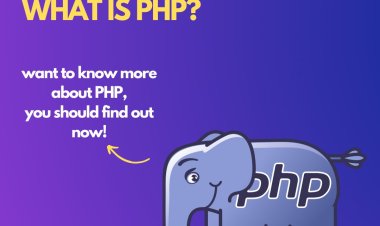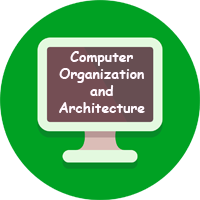
OBJECTIVE: The program will prepare our students to be successful professionals in the field with solid fundamental knowledge of software engineering.
- Be successful professionals in the field with solid fundamental knowledge of software engineering
- Utilize and exhibit strong communication and interpersonal skills, as well as professional and ethical principles when functioning as members and leaders of multi-disciplinary teams
- Apply their foundations in software engineering to adapt to readily changing environments using the appropriate theory, principles and processes.
At the time of graduation, all Software Engineering students will have demonstrated:
- How to apply the software engineering lifecycle by demonstrating competence in communication, planning, analysis, design, construction, and deployment
- An ability to work in one or more significant application domains
- Work as an individual and as part of a multidisciplinary team to develop and deliver quality software
- Demonstrate an understanding of and apply current theories, models, and techniques that provide a basis for the software lifecycle
- Demonstrate an ability to use the techniques and tools necessary for engineering practice.
- Teacher: Meena.p.s VV College

OBJECTIVES:
How to use PHP’s built-in server to serve static resources
How to use PHP to add some dynamic aspects to our pages
How to use HTML forms
The difference between
GETandPOSTrequestsHow to use cookies to store some data in the browser and pass it to the next request
How to use a session cookie to store data on the server instead of in the browser
How to build an authentication system
COURSE OUTCOME:
Create an Information Architecture document for a web site.
Construct a web site that conforms to the web standards of today and includes e-commerce and web marketing
Publish the website to a remote server using FTP.
Perform regular web site maintenance (test, repair and change)
•Construct a web site that conforms to the web standards of today and includes e-commerce and web marketing
• Publish the website to a remote server using FTP.
• Perform regular web site maintenance (test, repair and change)
- Teacher: SURABHILA SREEJITHESH VV College

OBJECTIVES: The course should enable the students to: I. Understand the basic object oriented programming concepts and apply them in problem solving. II. Illustrate inheritance concepts for reusing the program. III. Demonstrate on the multi-tasking by using multiple threads. IV. Develop data-centric applications using JDBC. V. Understand the basics of java console and GUI based programming.
COURSE LEARNING OUTCOMES (CLOs): 1. Use object oriented programming concepts to solve real world problems.
2. Explain the concept of class and objects with access control to represent real world entities.
3. Demonstrate the behavior of programs involving the basic programming constructs like control structures, constructors, string handling and garbage collection.
4. Use overloading methodology on methods and constructors to develop application programs.
5. Demonstrate the implementation of inheritance (multilevel, hierarchical and multiple) by using extend and implement keywords.
- Teacher: Hima k VV College

COURSE OBJECTIVES: 1. Discuss the basic concepts and structure of computers.
2. Understand concepts of register transfer logic and arithmetic operations.
3. Explain different types of addressing modes and memory organization.
4. Learn the different types of serial communication techniques.
5. Summarize the Instruction execution stages.
COURSE OUTCOMES: 1. Understand the theory and architecture of central processing unit.
2. Analyze some of the design issues in terms of speed, technology, cost, performance.
3. Design a simple CPU with applying the theory concepts.
4. Use appropriate tools to design verify and test the CPU architecture.
5. Learn the concepts of parallel processing, pipelining and interprocessor communication.
6. Understand the architecture and functionality of central processing unit.
7. Exemplify in a better way the I/O and memory organization.
8. Define different number systems, binary addition and subtraction, 2’s complement
representation and operations with this representation.
- Teacher: Athira S VV College
- Teacher: Sruthy pk VV College